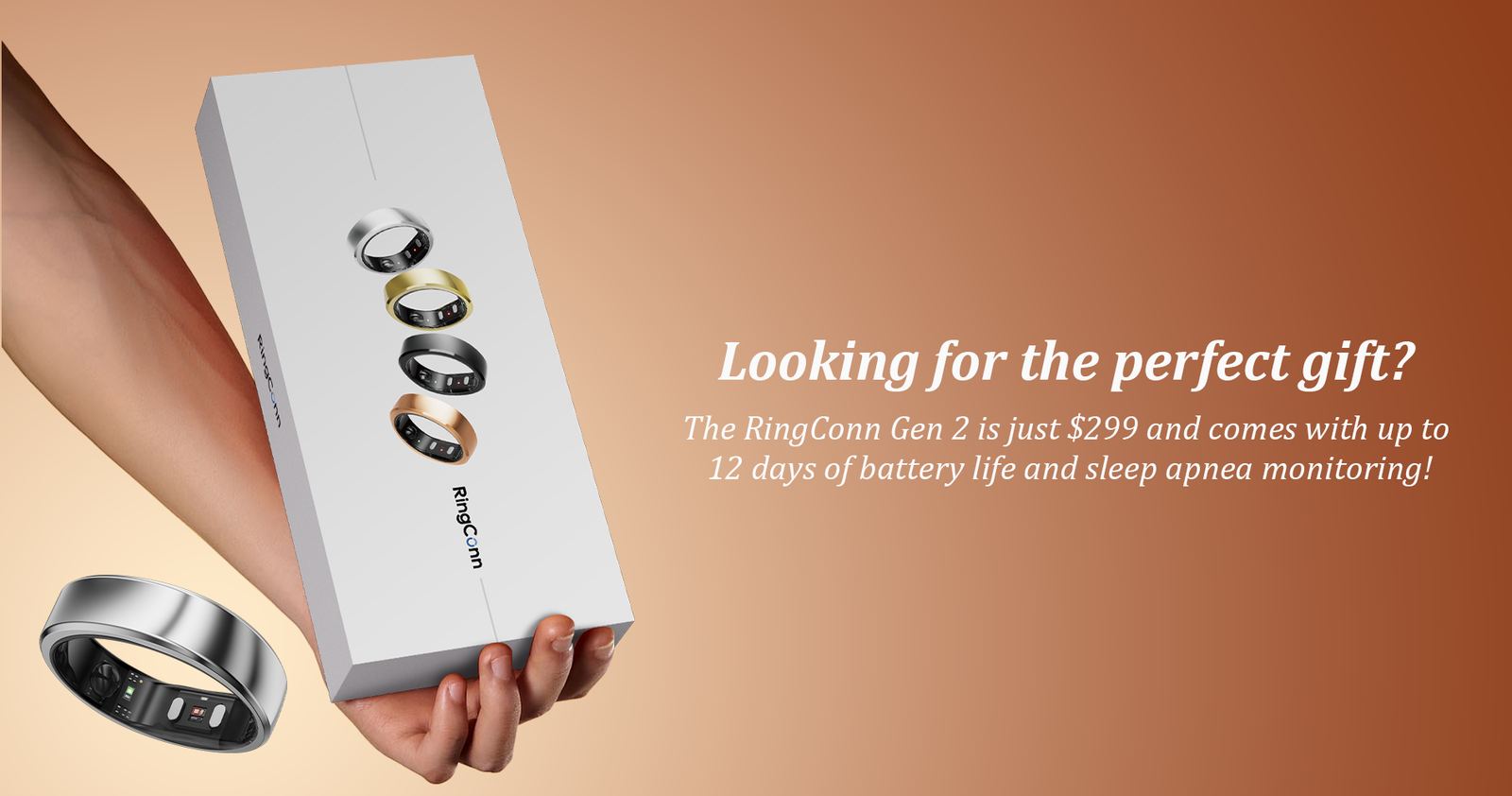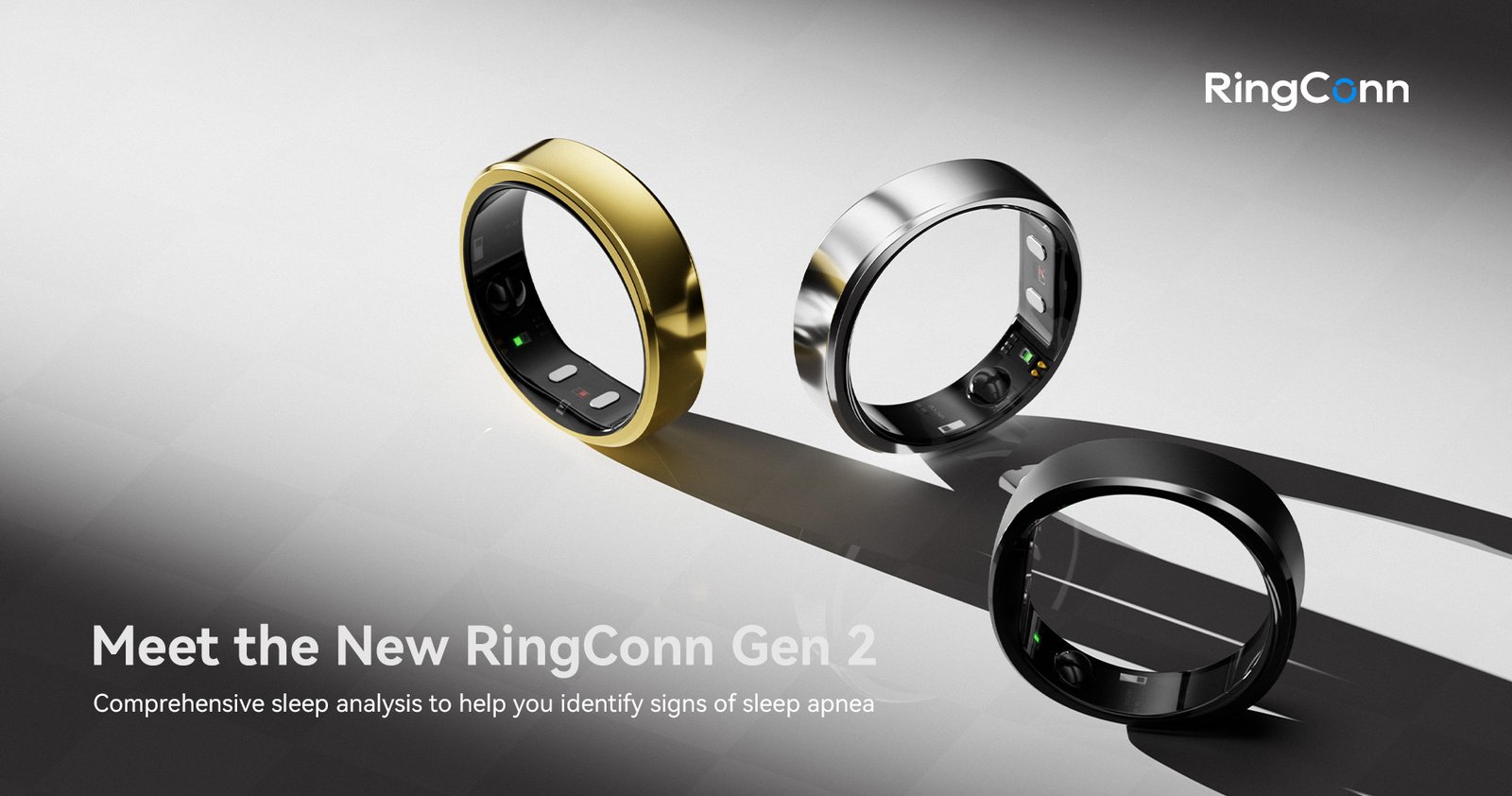In a world obsessed with efficiency hacks, time-saving tools, and elaborate productivity systems, the most effective strategy often goes unnoticed. The ultimate productivity hack isn’t about doing things faster—it’s about not doing them at all. Simply put, it’s the art of saying no.
At first glance, this seems almost too obvious to be useful. But behind this simple principle lies a profound truth: eliminating unnecessary commitments frees up more time and energy than any productivity trick ever could. As the old programming adage goes, “There’s no code faster than no code.” The same applies to meetings, projects, and tasks—nothing is more efficient than the thing you never agreed to do.
The Hidden Cost of Saying Yes
Despite the clear benefits of saying no, many of us find ourselves drowning in obligations we voluntarily accepted. How often have you agreed to a meeting, a favor, or a side project simply to avoid seeming impolite, unhelpful, or unsupportive? A casual “Sure, I can do that” can quickly snowball into an overwhelming list of tasks that steal your time and energy.
Part of the difficulty stems from our relationships. Saying no to colleagues, friends, or family can feel awkward, even selfish. We want to be cooperative and kind, especially with people we care about. But in trying to avoid discomfort in the short term, we often sacrifice our long-term well-being.
Moreover, many of us misunderstand the weight of saying yes. We tend to think of yes and no as equal opposites. In reality, they’re fundamentally different. A no eliminates a single option; a yes eliminates every other potential use of that time. Each time you say yes, you’re pre-committing your future to that choice, closing the door on countless alternatives.
Economist Tim Harford captured it perfectly: “Every time we say yes to a request, we are also saying no to anything else we might accomplish with the time.” Yes locks in a future obligation. No keeps your time available.
No: A Tool for Everyone, Not Just the Powerful
It’s tempting to believe that only those with authority, wealth, or influence have the luxury of saying no. Indeed, turning down opportunities is easier when you have a safety net. But saying no isn’t merely a privilege—it’s a discipline that can help anyone succeed.
Your time is your most precious asset, and every yes chips away at it. As investor Pedro Sorrentino wisely observed, “If you don’t guard your time, people will steal it from you.” The path to success often depends not on doing more, but on doing less—and doing it well.
Saying no helps you filter distractions, maintain focus, and move deliberately toward your goals. Steve Jobs famously explained, “Focus means saying no to the hundred other good ideas that are out there. You have to pick carefully.” In other words, focus isn’t about what you’re doing—it’s about everything you’re choosing not to do.
Of course, saying no doesn’t mean shutting yourself off from every opportunity. Especially early in a career or project, a phase of experimentation is valuable. You may need to try many things before discovering what works. But as you progress, refining your ability to say no becomes critical.
Upgrading Your No
Over time, the stakes change. As your skills and success grow, so does the value of your time. What was once a worthwhile opportunity may no longer be the best use of your energy. At this stage, the challenge isn’t just saying no to bad distractions, but also to good opportunities that no longer serve your highest priorities.
This evolving threshold is what some call “upgrading your no.” It’s not about rejecting everything outright, but about being increasingly selective. Investor Brent Beshore summarized it well: “Saying no is so powerful because it preserves the opportunity to say yes.”
The journey often follows a predictable pattern: first, you learn to say no to obvious time-wasters; eventually, you gain the freedom to say no to good—but not great—opportunities. This shift allows you to channel your energy into pursuits that truly matter.
Practical Strategies for Saying No
For many of us, saying no doesn’t come naturally. But there are strategies that can help.
Tim Harford offers a useful mental exercise: when faced with a request, ask yourself, “If I had to do this today, would I agree to it?” This forces you to confront the true cost of the commitment, rather than pushing it off into some vague future.
Similarly, entrepreneur Derek Sivers promotes the “Hell Yeah or No” rule. If a request doesn’t immediately excite you, decline it. If your gut reaction isn’t an enthusiastic yes, it’s probably a no.
Of course, you won’t always remember to run every decision through these mental filters, but revisiting them periodically can help calibrate your instincts. As writer Mike Dariano puts it, “It’s easier to avoid commitments than get out of commitments.” A little preventative no now is far easier than trying to back out of a yes later.
Elimination Over Optimization
Ultimately, more energy is wasted doing things that don’t matter than doing things inefficiently. As management thinker Peter Drucker once said, “There is nothing so useless as doing efficiently that which should not be done at all.”
In the end, the most powerful productivity tool isn’t the latest app or time management method—it’s discernment. Learning to say no clears space for what truly matters, allowing you to invest your time, energy, and creativity where they can have the greatest impact.
The next time you’re tempted to say yes, pause and remember: sometimes the most productive thing you can do is decline.





